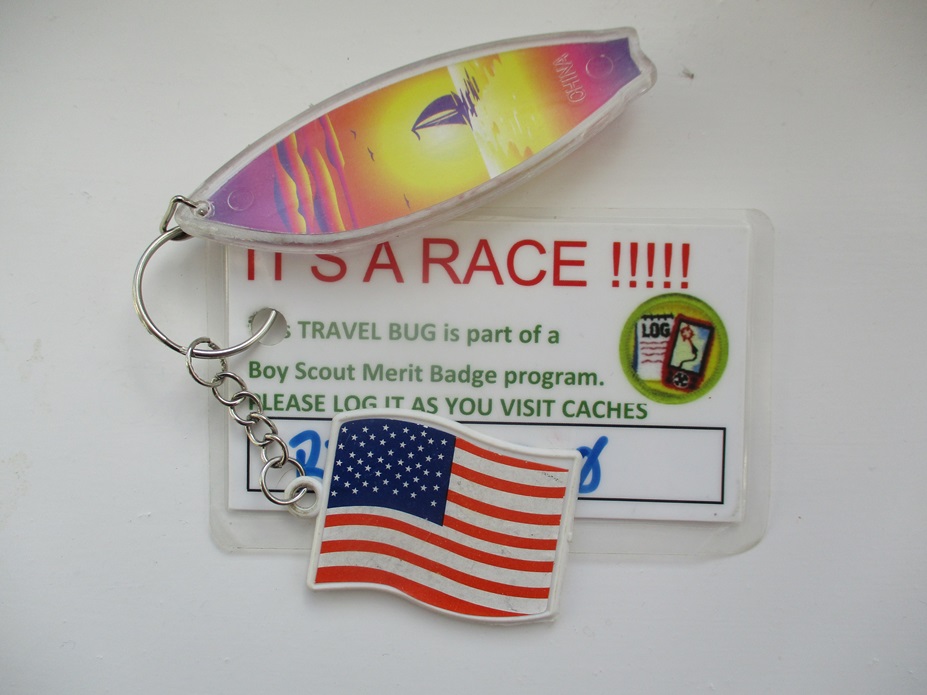Our final day’s walk along the Ridgeway started not from home, but from the hotel we stayed in overnight. We were the first into breakfast, and had almost left the restaurant before the next guests arrived. Although the hotel was the ‘nearest’ to the end of the Ridgeway, it was still a 4-5 mile drive through Tring to a large car park. (There are actually 2 car parks near Ivinghoe Beacon – both are a good half mile from the Ridgeway end, so we would have a half-mile walk at the end of the day when the Ridgeway was complete.)
We then drove our second car, back through Tring, and into the village of Wigginton. We opted for a different parking place from the previous day, which saved us partially retracing the route which we had walked in fading half-light 15 hours earlier. As we arrived at the road junction, where we left the Ridgeway previously, we noticed a parked car… we wish we had researched this spot – it would have saved us a mile’s walk! We would see that car, and its occupant twice more as the day progressed.
So, at about 945 we were back on the Ridgeway for the last time, at first a little road walking (sadly no pavement) before we entered Tring Park. Tring Park is about 265 acres of mixed habitats – including chalk grassland, parkland, landscaped views and woodland. The Ridgeway section passed through the woodland section. The estate is now manged by the Woodland Trust, but in 1872 it was bought by Lionel de Rothschild. His grandson, Walter, established Tring Park as a zoo, with giant tortoises, zebras, and cassowaries frequently being seen in the park!



The zoo, is commemorated on a beautifully carved seat, overlooking Tring. This was the site of our first cache of the day, a virtual cache, and all we had to do was count the number of carved trees and animals. Easy! No!
Sitting on the seat were a group of 6-8 girls, all clearly undertaking a Duke of Edinburgh hike. They were laughing, chatting, eating a mid-morning snack. It seemed churlish to evict them. We then remembered there was a physical cache nearby. We searched around a selection of tree roots, pausing periodically to see if the carved bench had become vacant. Eventually the girls walked away, and we scuttled over to the seat. Just as we arrived a family of 4 arrived, so we all had ‘elevenses’ together. We needed them to move for us to complete our count. How long could we eke out our coffee ?
Just as the family moved off, a group of a dozen walkers came by and wanted their group photo taken.
Minutes later, we were free of distractions and counted the various carved objects. It was only when we got home that we realised in all the confusion at the seat, we had counted the number of zebras and NOT the number of trees! Fortunately we accompanied our answers with a timed photo, so we were given the ‘find’.
We left the seat – some 30 minutes after we had first approached it, and resumed our search of the nearby cache. We gave ourselves a further 5 minutes – and found it within that parameter – just! Phew!
We continued through the straight paths of Tring Park, passing another group of DofE walkers. This group were definitely less cheerful than the first, so we encouraged them with the thought of a ‘lovely bench’ for coffee, just a short way ahead. This raised their spirits considerably.


We left the wood on the outskirts of Wigginton, crossed a couple of roads, and then headed down towards the busy A41. Partway along was a puzzle cache we had solved, and as we had few caches on our route we attempted a find. At Ground Zero, there was a large tree, which most cachers would have used as the hiding place, but no, this cache was wedged into a small, rotting stump nearby. Another cache which took far too long to find!
We crossed the A41 on a pedestrian footbridge and walked a short distance between fields. and another road crossing, the surprisingly fast and dangerous A4251. A traffic island made our crossing easier. On the far side, was a parked car, the same car we saw earlier. A man was setting up a table with drinks. He was a DofE marshal for a group of Scouts and they were due shortly. We chatted about the DofE girls we had seen earlier, and he explained that most DofE exercises finish during October and everyone was trying to use every available weekend!
We walked on, through an enclosed footpath between two fields, to look for another cache. After our poor searching at the previous caches, we wanted a quick find here. We didn’t get it – and after 15 minutes peering unsuccessfully into a bush we gave up.
Another short road walk took us to the outskirts of Tring (the opposite side of Tring from where we had stayed overnight). Here the Grand Union Canal and Railway cut through the Chiltern Hills. Both the canal and railway hosted caches.
The canal cache was one we had attempted way back in 2012 on our second day’s caching. We didn’t find it then, and we almost didn’t find it again. The GPS wobbled and we never got a clear, definitive GZ. We misinterpreted the hint ‘ a couple of steps up the bank, in the ivy at the base of a multi-trunked sapling’. We assumed the ‘couple of steps’ alluded to the steps which took us down from the pavement to the canal-side towpath. Even after 11 years geocaching, we can still misinterpret a hint! The cache was further along the towpath, with a couple of steps up a muddy bank to the now more established, sapling!
It was nearing lunchtime and we decided that stations provide more than adequate seats. As we arrived at the station we had a dilemma, go searching for a nearby cache – or have lunch on the empty seats ? We chose the seats, as they may be taken later. We watched people come and go into the station, a group of 6 Scouts walked by – we suspected they were the Dofe group the marshal had been waiting for, and stared intently at GZ. Would anyone else start looking for the cache while we watched ? Would they save us a precious few minutes ? Of course, no one came looking, and we searched and found the cache relatively quickly.
As it transpired this was our last cache on the Ridgeway, as, soon after, the Ridgeway passes through an Area of Outstanding National Beauty and a couple of Wildlife Areas where caches generally aren’t placed.
As we entered one of the Wildlife Areas, we overtook the 6 DofE scouts who had paused for lunch.
The last 2 miles of so of the Ridgeway was a steady climb, initially through light bushy woodland, giving occasional views of Tring and Tring Park. As the path rose, the woodland gave way to chalky grassland – very reminiscent of the chalky grassland we had experienced on the Ridgeway some 75 miles ago. Sheep were grazing on the grass, and several times we waited for flocks of sheep to cross the path heading for apparently better grazing.
The paths were busy, sometimes splitting, and reconverging, with lots of people heading upwards. We knew we were getting close when we saw the first of the two Ivinghoe Beacon Car Park, but then… the sting in the tail, a very steep uphill final section. The chalk path was quite eroded, slightly damp and slightly slippery, but shortly after mid-afternoon we reached the end of the Ridgeway, the Ivinghoe Beacon trig point.
We didn’t have the top to ourselves – several young families celebrated their walk from the car park, other walkers were talking in the view too. And then another group of adults, chatting.. waiting.. It was our ‘friend’ the Scout Marshal and a couple of other Scout Marshals awaiting their respective parties to arrive. We chatted with them and then descended the half-mile back to the car park, passing the Dofe Scouts on their final ascent.
As we approached the car park, a lady carrying a couple of bags, and an expensive camera approached. ‘Is it far to the top?’ she said. We said about 20 minutes, a bit slippery, but very do-able. She explained he had been hired by a young (we assume) couple who were about to be engaged on Ivinghoe Beacon. They hadn’t told her of the distance from the car park to the top and she was concerned about being late, and the slightly fading light. Clearly the marriage proposal was not going to be spontaneous!
Back in 2012 we walked the Ridgeway for the first time and in its later stages found our first geocaches. We remembered the great views, the interesting experiences – but the weaker pavement sections, the less picturesque sections had slipped from our mind. We were certain of one thing though… the hills had definitely got steeper (and not us being 11 years older!). Here are some of the caches from our final Ridgeway section :



Thank you Ridgeway, in your 50th Birthday year – for a great walk across Southern England.

















































































































